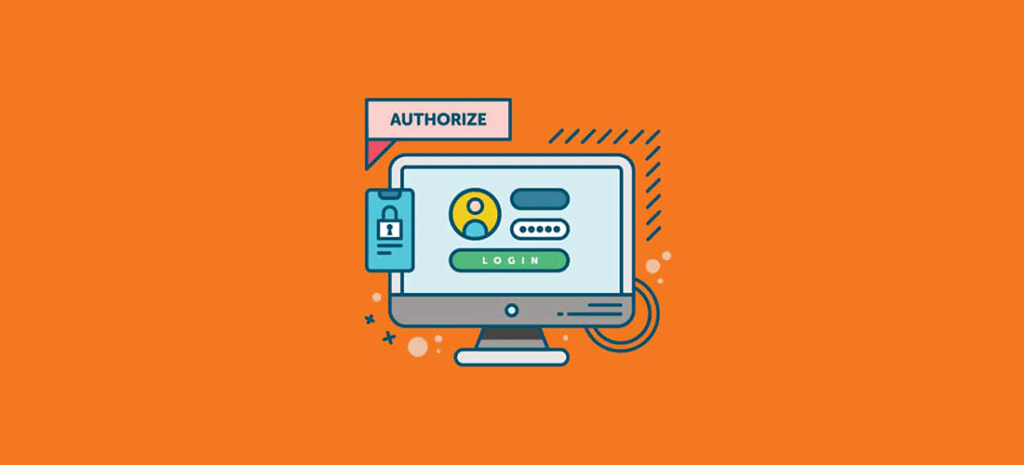Maintaining a secure website is crucial in today’s digital landscape, where cyber threats are ever-evolving and becoming increasingly sophisticated. For WordPress site owners, ensuring the security of plugins is a fundamental aspect of protecting their online presence. Plugins add essential functionality and features, but they can also be a potential vulnerability if not properly managed.
Understanding the Importance of Plugin Security
WordPress plugins enhance the capabilities of your site, making it more dynamic and user-friendly. However, each plugin you install introduces a new piece of code that interacts with your website’s core functionality. This interaction can open up potential security loopholes if the plugins are not updated or maintained correctly. In fact, outdated or poorly coded plugins are among the most common entry points for hackers. Therefore, understanding the significance of plugin security is the first step toward fortifying your site against potential threats.
One of the key reasons plugin security is paramount is the sheer volume of available plugins. With over 55,000 plugins in the WordPress repository alone, the chances of encountering a vulnerable plugin are high. Additionally, not all plugins are created equal; some may be developed by inexperienced programmers or may not be regularly updated to counteract the latest security threats. As a site owner, it’s crucial to be discerning about which plugins you install and to stay informed about their security updates and patches.
Regularly Updating Your Plugins
Keeping your plugins up-to-date is one of the simplest yet most effective ways to enhance your site’s security. Developers frequently release updates to patch security vulnerabilities and improve functionality. By regularly updating your plugins, you ensure that any known security issues are resolved, thereby reducing the risk of exploitation. It’s a good practice to check for updates at least once a week, and to enable automatic updates where possible for added convenience and security.
Moreover, maintaining a current backup of your site before applying updates is crucial. While updates are essential, they can sometimes cause compatibility issues or conflicts with other plugins or themes. Having a backup ensures that you can quickly restore your site to its previous state if something goes wrong during the update process. This proactive approach minimizes downtime and protects your site’s data integrity, ensuring a seamless and secure user experience.

Vetting Plugins Before Installation
Before adding a new plugin to your WordPress site, it’s important to conduct thorough research to ensure its reliability and security. Start by reviewing the plugin’s ratings and user reviews on the WordPress repository. High ratings and positive feedback generally indicate that the plugin is well-maintained and trustworthy. Additionally, check the plugin’s update history to see if it is regularly updated and supported by the developer. A plugin that hasn’t been updated in several months may pose a security risk.
Another crucial step in vetting plugins is to verify the developer’s credibility. Plugins developed by reputable companies or developers are typically safer choices. Look for plugins that have a large user base and are widely recommended within the WordPress community. Additionally, consider using security-focused plugins that can help you monitor and protect other plugins on your site. These tools can provide real-time alerts and vulnerability scans, adding an extra layer of security to your WordPress installation.
Conclusion
Securing your WordPress plugins is a critical aspect of maintaining a safe and functional website. By understanding the importance of plugin security, regularly updating your plugins, vetting them before installation, and implementing additional security measures, you can significantly reduce the risk of cyber threats. Staying vigilant and proactive in managing your plugins will not only protect your site but also provide peace of mind, allowing you to focus on growing and improving your online presence. Remember, the key to a secure WordPress site lies in consistent maintenance and informed decision-making.

